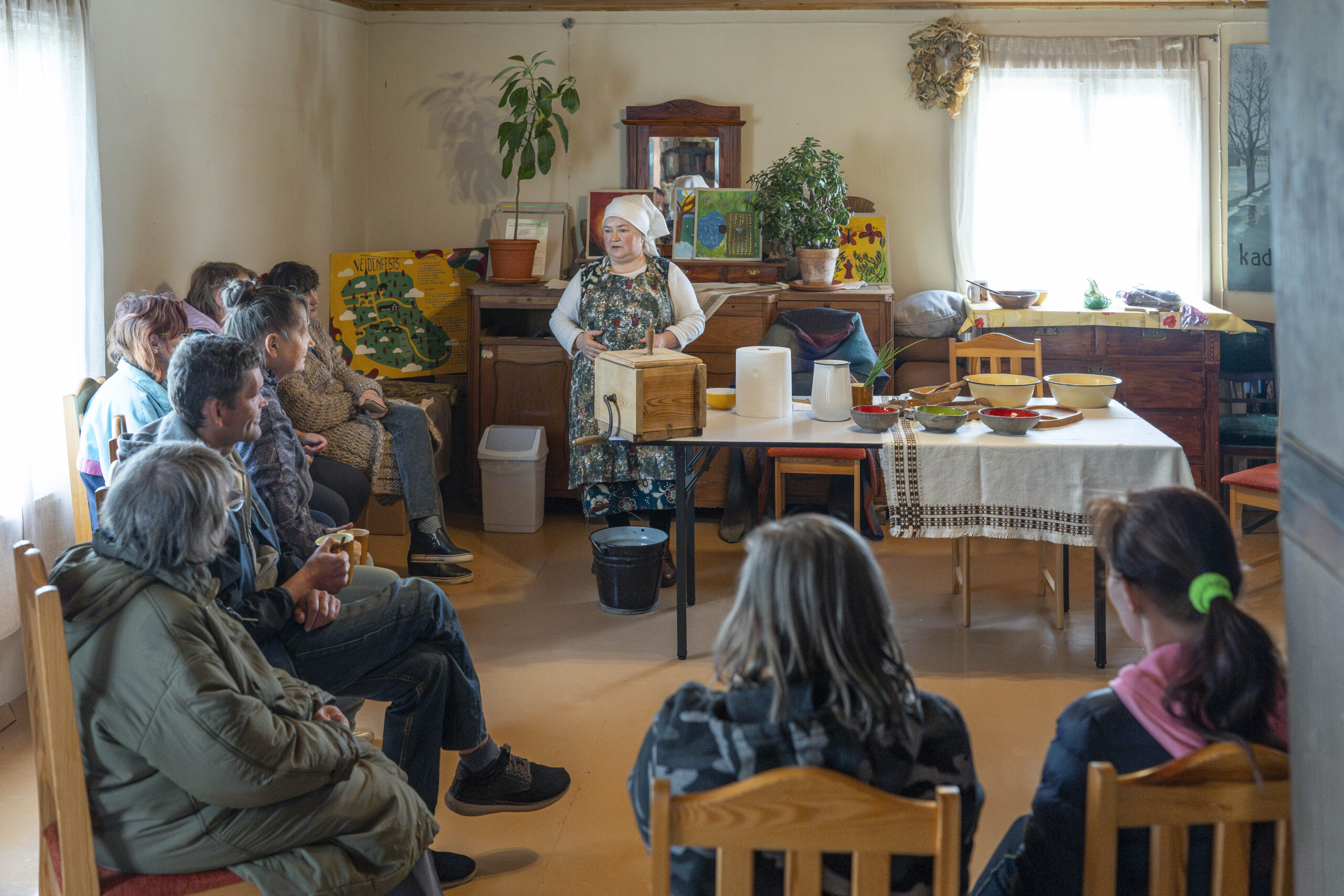Developing the content for the AoP programme activities does not necessarily require new personal resources and skillsets. Many local cultural institutions and culture and arts facilitators have the necessary expertise and skills to develop and facilitate culture and art activities for AoP programme.
Chapter of theme
Planning & Facilitating Your AoP Programme Activities
Planning and Preparing Your AoP Programme Activities

An Arts on Prescription programme can include the following culture and arts genres:
- performing arts – singing, dancing, and acting;
- visual arts, – design and crafts e.g painting, clay modelling and sewing;
- digital arts – photography, animation, and filmmaking;
- literary arts – reading, creative writing and storytelling;
- cultural activities – museums vsits (e.g. arts- and local history museums), galleries, concerts, community events, cultural festivals, and fairs.
Once the target audience for the AoP programme and appropriate referring channels and methods have been determined, consideration should be made on how individuals, who have received a prescription, are introduced and can become engaged in the AoP programme.
There is scientific evidence on the positive effect of both passive and active engagement with arts (link to the reference).
It is recommended activities incorporate both types of engagement. Participants engaging actively in activities creative processes, activate their body and tactile senses which potentially can open up for their own creative expression. Passive engagement can also enhance creative expression, such as viewing paintings in museums or listening to music, can stimulate, inspire and release feelings of contentment and joy to the participants.
As a starting point, it is helpful to establish a certain structure for the activities in the programme and at same time allow for the activities to be adapted to the needs, interests, and input of the group.
This means that while a clear structure is provided, participants may also be invited to contribute and provide ideas for the flow of the activities. Of course, the structure should also be adjusted if the link worker or culture and arts facilitators find the structure does not fit the needs of the target audience.
The following recommendations can be used to create a good structure for AoP activities:
- Rituals create security and trust. For example, every meeting can be started in the same way, which can contribute to setting the mood to engage the participants in the culture and arts activities.
- Breaks during each activity allows for social interaction in the group. There should also be the possibility for individuals to take a time out and rest if needed. The need for breaks will largely depend on your target audience – persons with stress may need more breaks, while young participants may need less.
- Each activity should offer an open space and opportunities for personal exchange between participants.
- Engage participants to give feedback at regular intervals so that the programme can be adapted if necessary.
- Stay flexible! A good overall structure provides a good foundation for the programme, but flexibility is necessary to adapt the activities to the needs of the target audience.
AoP programmes usually take place at cultural and arts venues which increases the cultural ambience to the programme. However, in the event of venues with limited accessibility (for persons with restricted mobility where steps and stairs can be an issue), AoP programmes can alternatively take place in educational institutions, community centres etc where accessibility allows for person with restricted mobility and wheelchair users. Outdoor venues can offer a delightful natural setting for many culture and arts activities.

Photo: Lelde Goba
Depending on local contexts the venue for the AoP programme can be the same venue throughout the programme or multiple venues meeting and engaging with culture and arts in their natural environment. If the activities are at multiple venues, it can be helpful for the target audience to meet with the link worker at the same meeting point every time and go together to the activities.
When deciding on venues, consider lighting, warmth, comfort, and a room that is not too small or too big. Also, consider noise or sound that may be disturbing or trigger stress in the room or surroundings. The primary aspect to consider is the creation of a ‘safe space’ where the target audience can freely and actively engage in creative activities and social engagement that promotes a sense of belonging.
Materials and equipment required for the activities will most likely correspond with the same materials and equipment the culture and arts institutions use in their daily culture activities.

Photo: Saldus Municipality
Consider the target audience when thinking the need for materials and equipment, older people may find it difficult to master fine motor skills or people with certain disabilities, where easy to handle equipment should be available to them. Always consider safety measures in the materials and equipment in the activities.
Artistic excellence is not the primary goal of AoP programmes; thus, the chosen equipment need not meet the highest standards of the respective art activity. Instead, ensure that tools, materials, and equipment are accessible to participants of varying abilities. Consider alternatives or adaptations to accommodate different needs.
Last modified
18 Sep 2025
